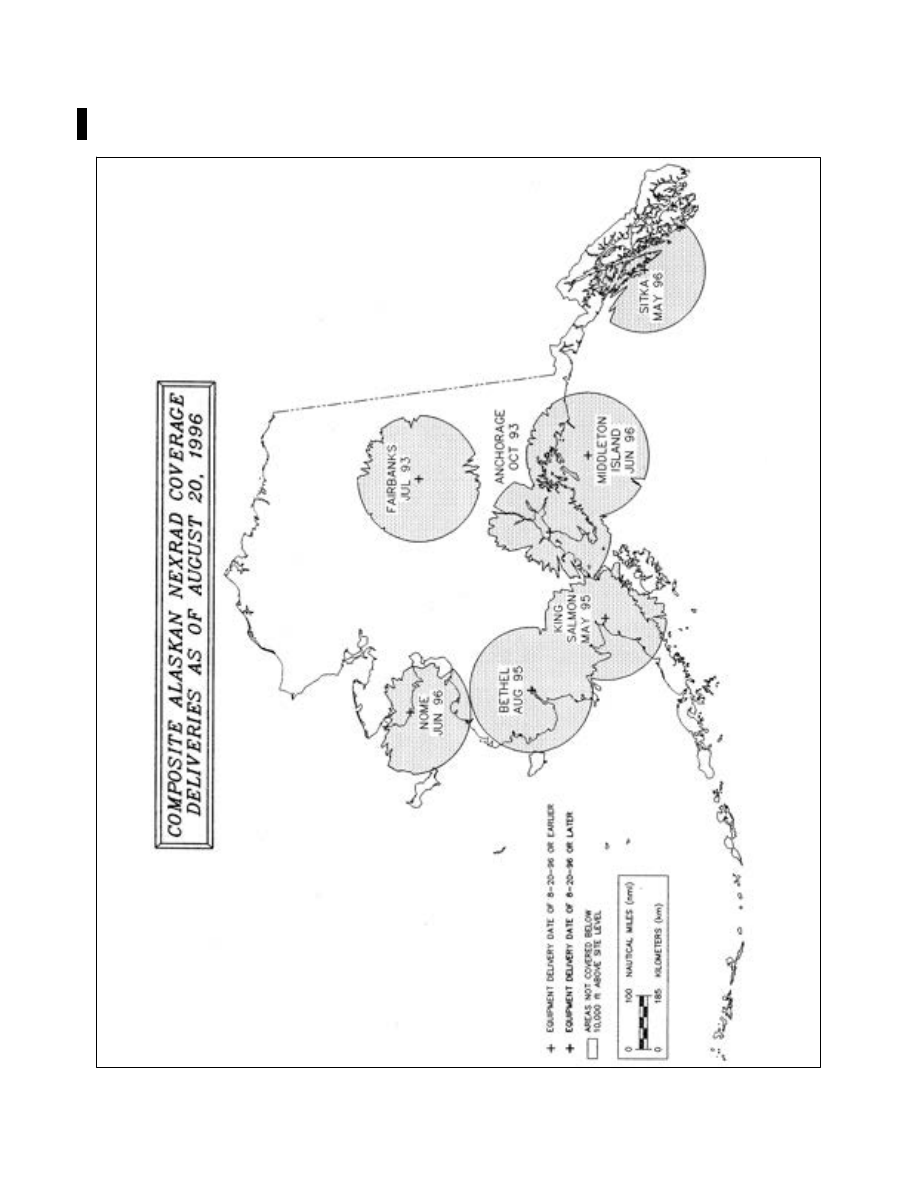
AIM
3/21/24
8. Notices to Air Missions (NOTAMs).
(a)
Available NOTAM (D) information pertinent to the proposed flight, including special use airspace
(SUA) NOTAMs for restricted areas, aerial refueling, and night vision goggles (NVG).
NOTE
−
Other SUA NOTAMs (D), such as military operations area (MOA), military training route (MTR), and warning area
NOTAMs, are considered “upon request” briefing items as indicated in paragraph 7
−
1
−
4b10(a).
(b)
Prohibited Areas P
−
40, P
−
49, P
−
56, and the special flight rules area (SFRA) for Washington, DC.
(c)
FSS briefers do not provide FDC NOTAM information for special instrument approach procedures
unless specifically asked. Pilots authorized by the FAA to use special instrument approach procedures must
specifically request FDC NOTAM information for these procedures.
NOTE
−
1.
NOTAM information may be combined with current conditions when the briefer believes it is logical to do so.
2.
Airway NOTAMs, procedural NOTAMs, and NOTAMs that are general in nature and not tied to a specific airport/facility
(for example, flight advisories and restrictions, open duration special security instructions, and special flight rules areas)
are briefed solely by pilot request. For complete flight information, pilots are urged to review the Domestic Notices and
International Notices found in the External Links section of the Federal NOTAM System (FNS) NOTAM Search System and
the Chart Supplement in addition to obtaining a briefing.
9. ATC Delays.
Any known ATC delays and flow control advisories which might affect the proposed
flight.
10. Pilots may obtain the following from flight service station briefers upon request:
(a)
Information on SUA and SUA
−
related airspace, except those listed in paragraph 7
−
1
−
4b8.
NOTE
−
1.
For the purpose of this paragraph, SUA and related airspace includes the following types of airspace: alert area, military
operations area (MOA), warning area, and air traffic control assigned airspace (ATCAA). MTR data includes the following
types of airspace: IFR training routes (IR), VFR training routes (VR), and slow training routes (SR).
2.
Pilots are encouraged to request updated information from ATC facilities while in flight.
(b)
A review of airway NOTAMs, procedural NOTAMs, and NOTAMs that are general in nature and not
tied to a specific airport/facility (for example, flight advisories and restrictions, open duration special security
instructions, and special flight rules areas), Domestic Notices and International Notices. Domestic Notices and
International Notices are found in the External Links section of the Federal NOTAM System (FNS) NOTAM
Search System.
(c)
Approximate density altitude data.
(d)
Information regarding such items as air traffic services and rules, customs/immigration procedures,
ADIZ rules, search and rescue, etc.
(e)
GPS RAIM availability for 1 hour before to 1 hour after ETA or a time specified by the pilot.
(f)
Other assistance as required.
c. Abbreviated Briefing.
Request an Abbreviated Briefing when you need information to supplement mass
disseminated data, update a previous briefing, or when you need only one or two specific items. Provide the
briefer with appropriate background information, the time you received the previous information, and/or the
specific items needed. You should indicate the source of the information already received so that the briefer can
limit the briefing to the information that you have not received, and/or appreciable changes in
meteorological/aeronautical conditions since your previous briefing. To the extent possible, the briefer will
provide the information in the sequence shown for a Standard Briefing. If you request only one or two specific
items, the briefer will advise you if adverse conditions are present or forecast. (Adverse conditions contain both
meteorological and/or aeronautical information.) Details on these conditions will be provided at your request.
International data may be inaccurate or incomplete. If you are planning a flight outside of U.S. controlled
7
−
1
−
10
Meteorology